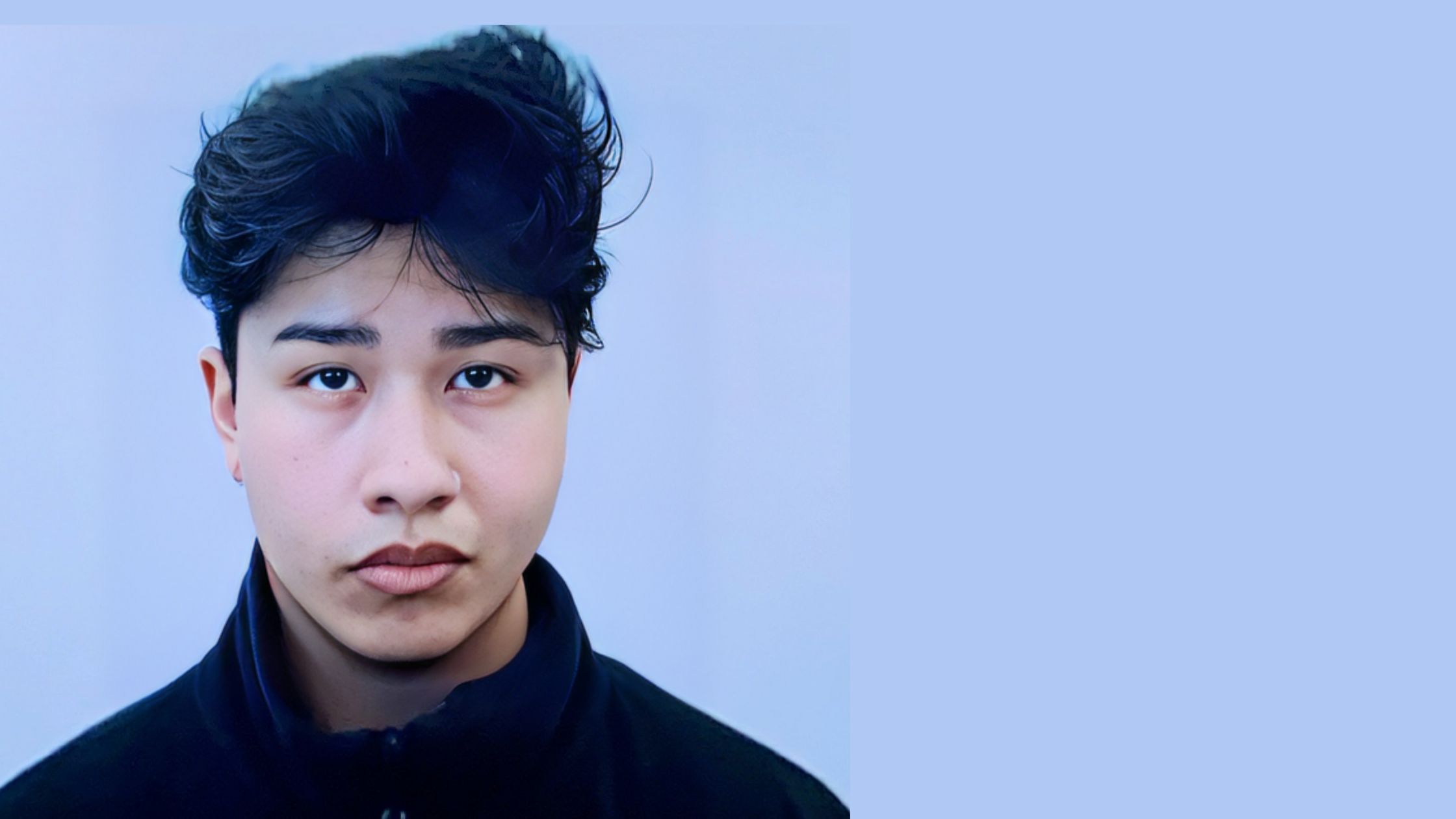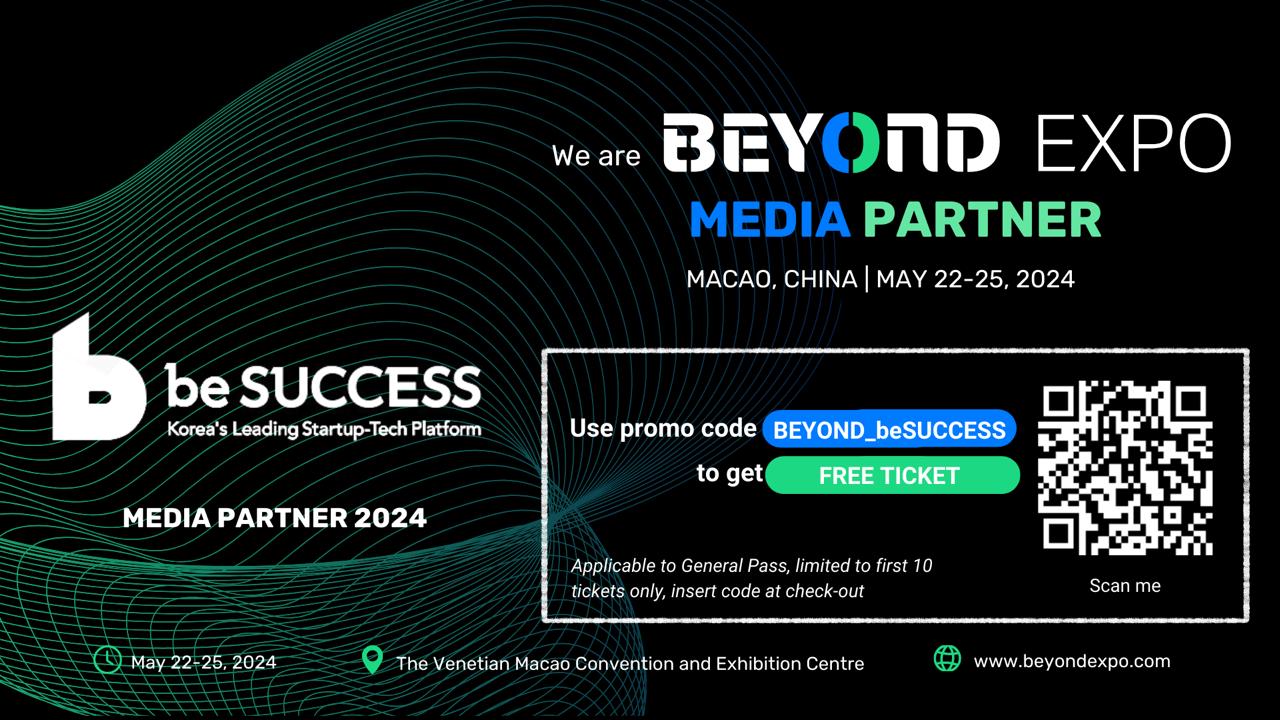AsiaTechDaily – Asia's Leading Tech and Startup Media Platform
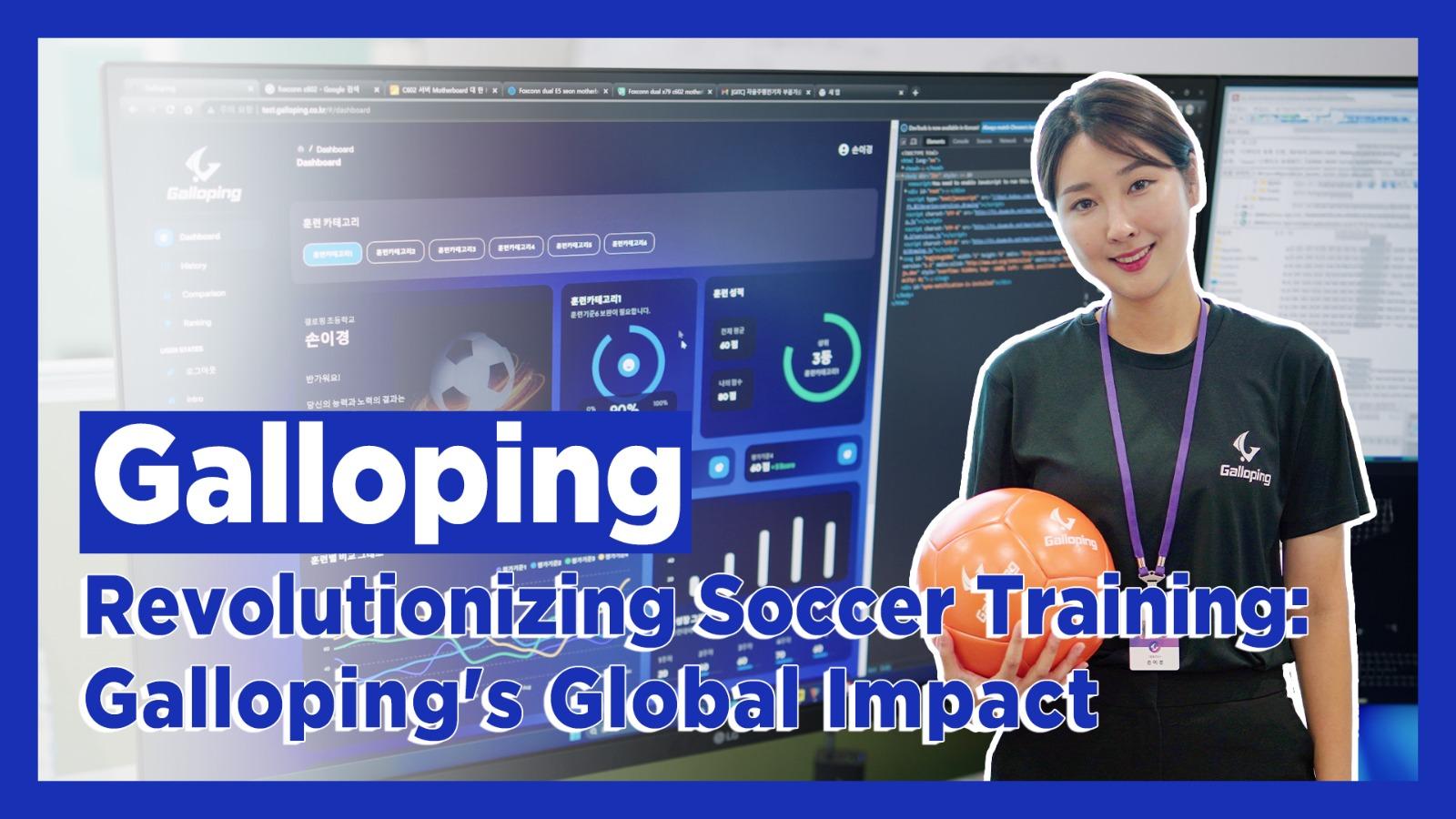
The Vision of CEO YiKyung Son of Galloping: Harnessing Data to Foster the Next Son Heung-min and Build the World’s Premier Soccer Team
Data analytics is revolutionizing various sectors. From commerce, where it’s fine-tuning marketing strategies, to healthcare, where it aids in rapid advancements, data is key. The sports industry is no exception.
Popularized by movies like “Moneyball”, featuring Brad Pitt, data-driven player selections are transforming teams with middling records into championship contenders. In Korea, data has enhanced sports ranging from archery to baseball. The tech-infused rise of the “Electronic Performance & Tracking System (EPTS)” in European soccer underscores this trend.
Yet, most data analytics in sports is targeted at pros. This is where Galloping, helmed by CEO YiKyung Son, steps in. Intent on empowering even the youngest of players with data-driven insights, Son sat down with us for an exclusive interview.
Q. What drove you to intertwine soccer with sports tech?
I have been working for more than ten years as a certified player agent for the Korea Football Association and as a performance consultant for professional soccer players and elite athletes.
Worldwide, the combination of sports and technology, including soccer, is rapidly growing along with the industry 4.0. The most well-known is the Electronic Performance & Tracking System (EPTS), which is primarily used in professional soccer. It analyzes only players for a team’s advantages such as who is more active on a game, who is faster and who to choose to win a game.
So the point is that team data doesn’t analyze individual skill. What encouraged me to start creating services and technologies that can analyze and provide advice on these, after a lot of practice and effort to get scores.
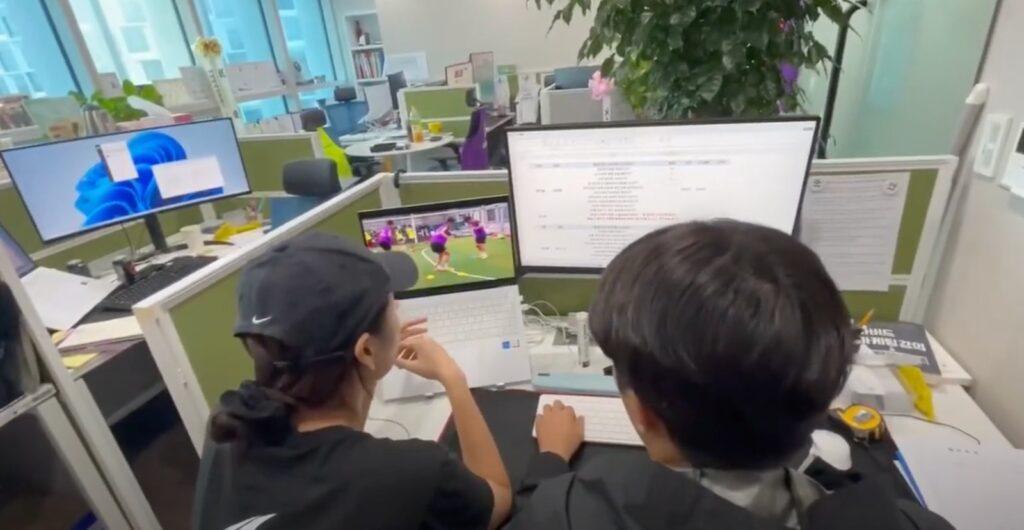
In the infant stage, we compiled all the data manually, watching videos and organizing data in Excel file. This was the starting point for creating Galloping’s unique data base.
Galloping primarily focuses on two types of data. The first is the 1%. We analyzed why world famous players like Messi and Ronaldo excel in soccer and what sets them apart from other plyaers. The second is the 99%. The majority of aspiring players who want to be part of the 1% are still evaluated subjectively by coaches. Therefore, we aim to provide objective data to assess the efforts and growth of these players through quantifiable metrics.
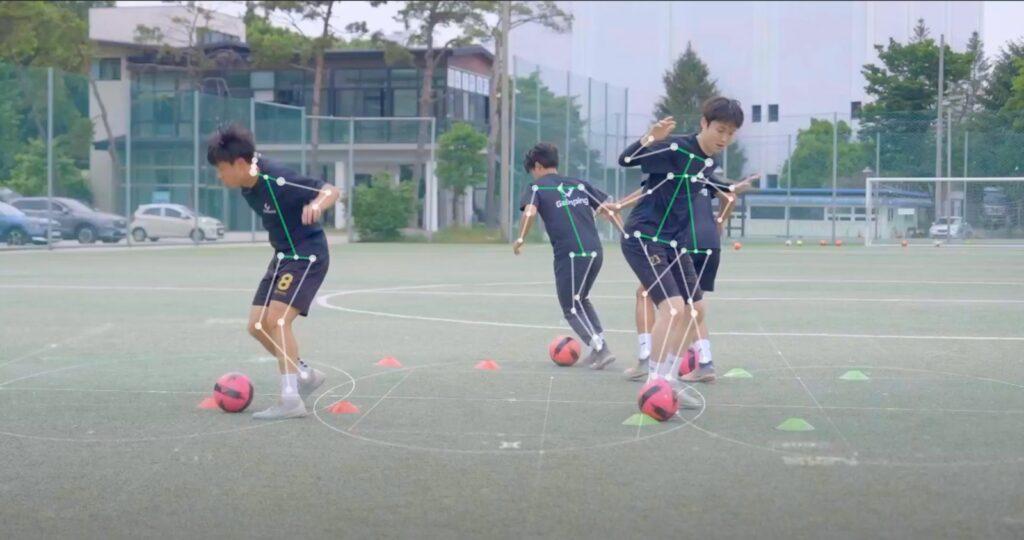
Supporting individual players and helping them grow through accurate data instead of coaching without any plans.
Q. Soccer is a teamplay-based game. How do individual skills and data make a difference in a team?
Even in professional soccer, we can see cases where a team’s success diminishes after a top-performing individual player transfers. This highlights the importance of individual skills since teams are ultimately composed of individuals.
Traditional data services usually track player positions and analyze them for the entire match. However, when we look at individual players, they often lack data-driven analysis in their training routines, with many relying on traditional coaching methods or practicing in isolation without any proper plans.
To address this, we have created a training manual called MG10S (Make Goal 10 Seconds, scoring a goal within 10 seconds). This manual is based on data collected from top-tier players worldwide, highlighting their common traits.
The evaluation criteria alone have amounted to 1,250 items, and we have conducted an analysis that encompasses individual skills and team scores. Currently, it is a training manual designed for individual players, but we plan to implement the team tactics aspect in the future.
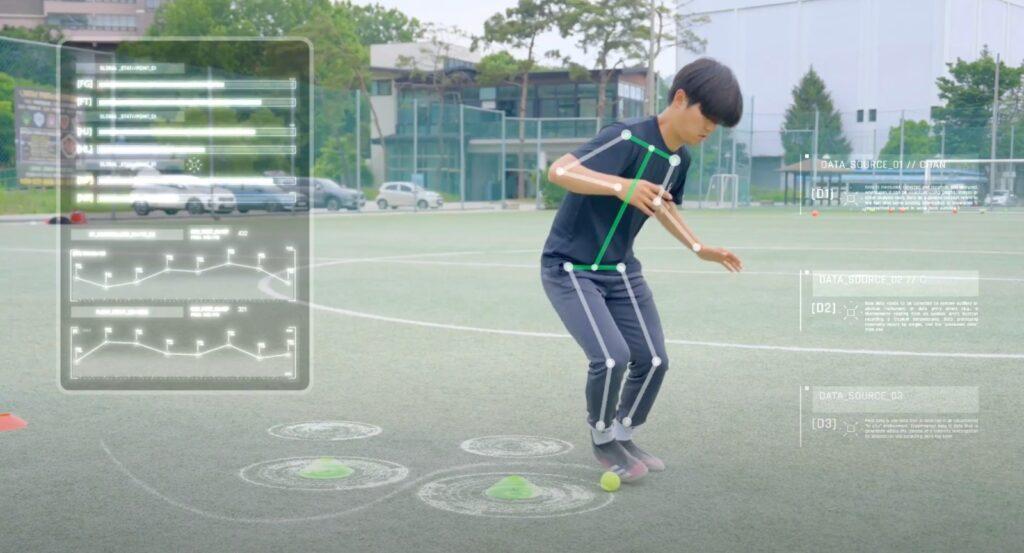
Q. You are preparing a smart training zone ‘OutFoot’. What kind of solution is it?
To provide soccer training data, you need three main components. First, you need a physical digital training space called the Smart Training Zone. Second, you need vision AI technology that can replace a coach’s eye. And third, you need an app that can track and manage players’ growth progress.
So, to manage player data throughout their life cycle, the Smart Training Zone is a physical hardware-based digital training space, similar to a “Golf Zone.” However, unlike golf, soccer is considered a variable sport, because of various factors such as individual play, team play, dribbling against opponents, passing, and more. Therefore, we divide the space into four areas for measurement: the dribbling room, passing room, shooting room, and game room. We plan to incorporate Galloping’s training manual, which I mentioned earlier, into these zones, where a 3D coach guides and conducts training through the screen.
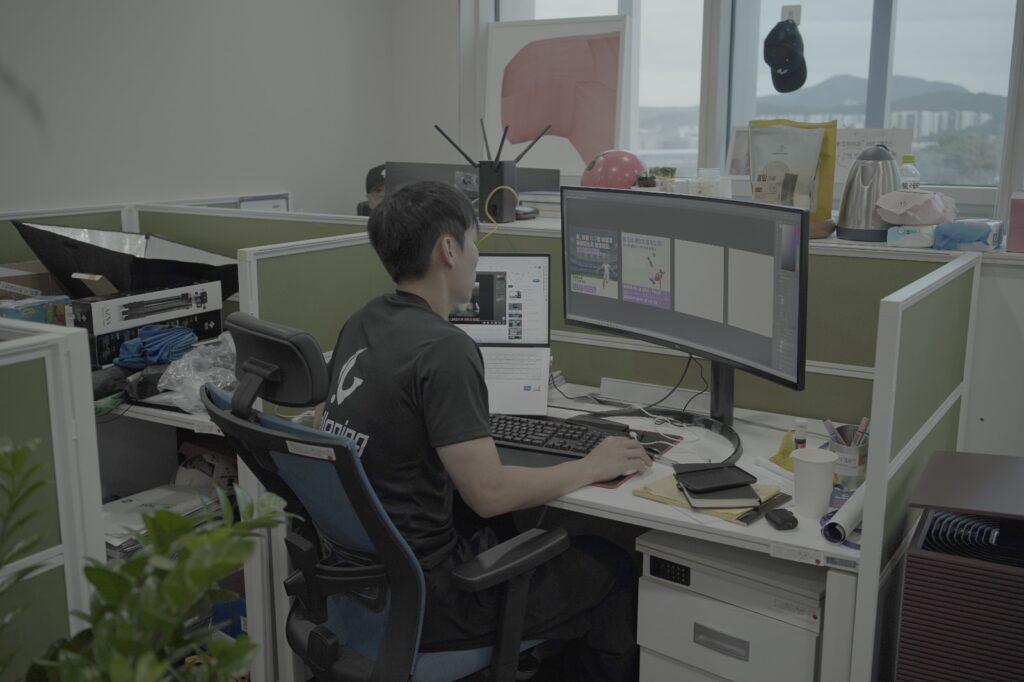
Galloping aims to assist in the growth of all soccer players, from professionals to amateurs.
Q. Can you provide insights into the scope of the soccer education market?
As for the size of the soccer education market in South Korea, it’s approximately 32 trillion KRW (Korean Won), with 1 trillion KRW dedicated to private education. Starting from 2009, there have been regulations requiring athletes to participate in formal education programs, which has led to a decrease in both team tactical training hours and individual practice time. Consequently, the private education market has expanded significantly, with nearly ten new businesses emerging within a year. Players now find it essential to receive lessons and coaching.
Notably, everyday people are seeking for a formal sports education compared to the past. More and more soccer lovers want to see their progress and this is where the Galloping comes in.
Q. In terms of a foreign market, which market are you planning to advance into?
The Chinese soccer education market is significant, ranking fifth in size. China’s government is actively investing in the development of soccer, and numerous soccer-related initiatives and teams are emerging. Additionally, President Xi Jinping has shown a strong interest in soccer. With parents increasingly willing to invest in soccer education for their children, there is a growing demand for such services. Therefore, we aim for China as our first international market.
With our experience in the Chinese market, we plan to expand into high-demand regions with strong enthusiasm for education and rapid growth in after-school activities. Our target markets include East Asia, the United States, and finally, Europe, which is the homeland of soccer.
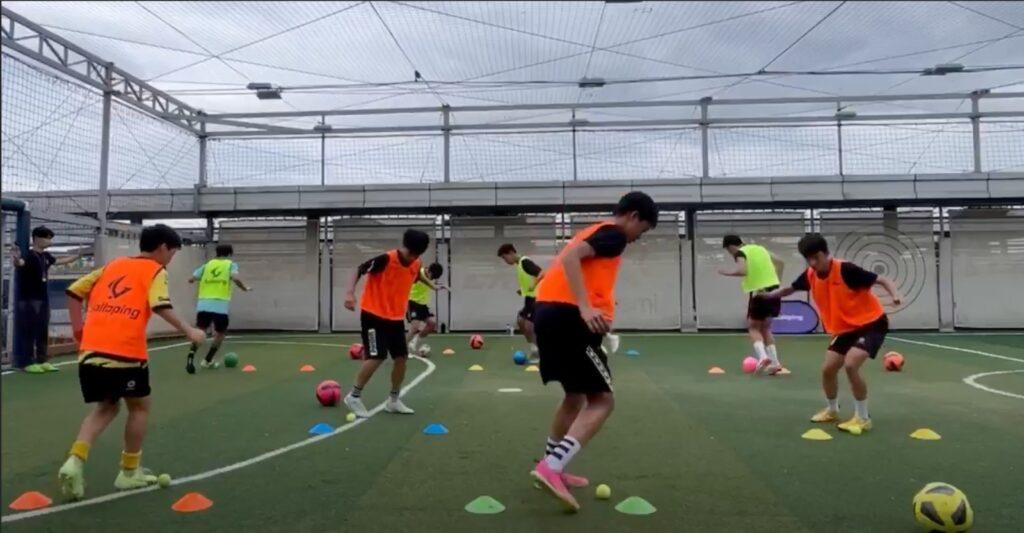
Galloping’s training services have already produced 17 top-scoring players domestically, showcasing our commitment to player development and success.
Q. Have any players notably benefited from Galloping’s training?
Every year, there is a national soccer tournament held in July or August. Among the 30,000 registered players in the Football Association, we have produced 17 top-scoring players, which is a significant accomplishment.
In the youth development sector, our trainees have excelled, with two of our students ranking first and second in dribble success rate in the K-League youth teams. These achievements can be attributed to our ability to replicate the common traits found in top global players through our data analysis. We believe that aspiring players who want to become global stars or simply excel in soccer can benefit greatly from our services and experience significant growth.
Q. At Pangyo Startup Zone, there are various startups from different fields like AI, deep tech, and more, but Galloping is the only sports tech startup.
We moved in here in April, and it has only been a year since our establishment, but we have secured 1.5 billion KRW in funding through government grants and loans. Additionally, support organizations have provided seminars and educational programs to help us with the essential aspects of starting up, such as labor, human resources, and legal matters.
Although we haven’t had direct exchanges with other teams yet, we hope for opportunities to collaborate together in the future.
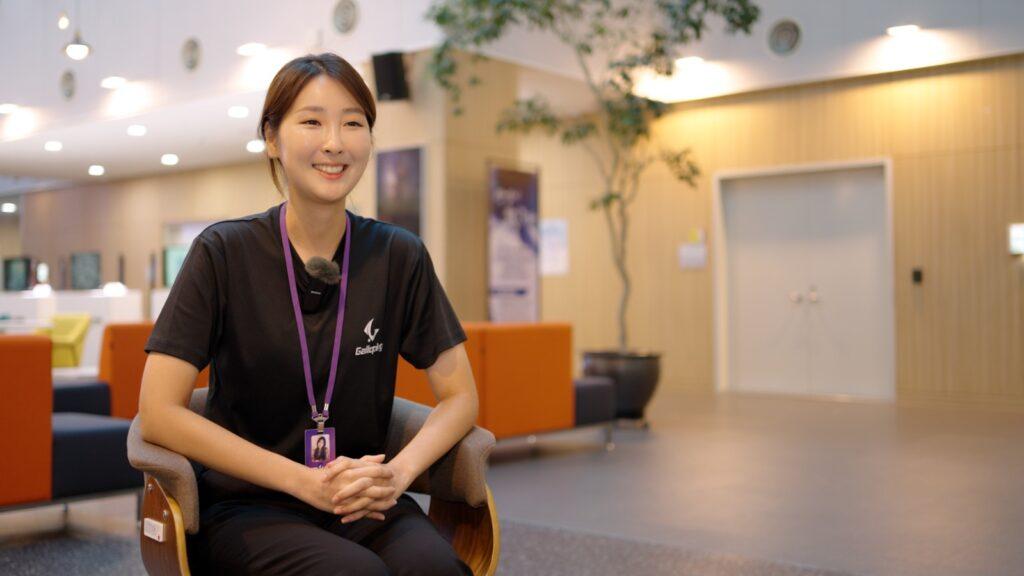
Q. Your ultimate goal for Galloping?
In movies like Moneyball, they bring in players and use data-based information to develop them and make favorable trades. Does Galloping also aim to measure and improve players using our training manuals and data, and eventually trade them or operate our own professional team.
It is estimated that around 50 billion KRW is needed to acquire a team in the Premier League’s 3rd or 4th division, and it could go up to at least 2 trillion KRW if the team gets promoted. The goal is to develop players and have the team achieve good results while running my own club.
I’ve worked as a consultant for players’ performance in a soccer academy for ten years, and during that time, I’ve handled a lot of player consultations. Most players rarely clearly understand their shortcomings, and they go through this process with a lot of difficulty. It’s my personal wish to provide precise individual analysis to help players go through this process with less pain and create an environment where they can grow together by filling in their shortcomings and becoming better players.
For inquiries and connections with Korean tech companies mentioned in this article,, contact us at [email protected]. We’re here to facilitate valuable partnerships.
Read More,
- Pangyo Techno Valley: Korea’s Prime Innovation Cluster Bolstered by Local Governmental Support
- Leading the Global Beauty Industry with Smart Mirror Technology: An Interview with Jejung Yu, Vice President of ‘Mirrorroid’
- Pangyo Techno Valley: Pioneering Global Urban Air Mobility Solutions
- AI-Powered Safety Systems: Exclusive Interview with Hwang Yeong-kyu, CEO of Alchera



